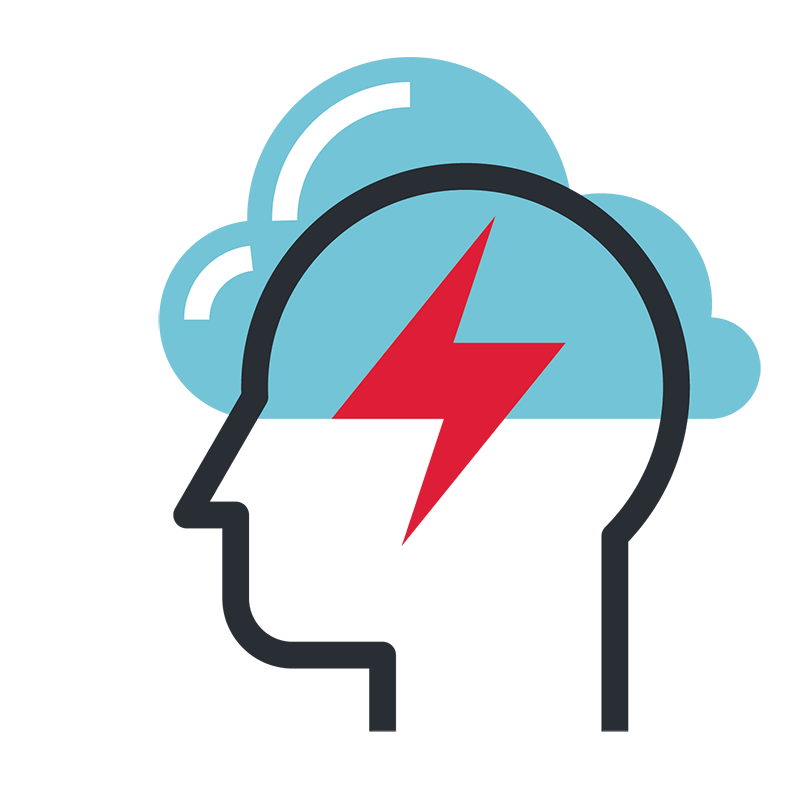We don’t know what we don’t know. And what we don’t know is likely holding us back.
I knew I loved being in front of an audience. It was energizing to see people’s eyes on me and their faces light up when I dropped a nugget of wisdom that would impact their lives. And it was also deflating when I would not see them engaged with me and distracted.
I would rehearse my talks to perfection, making sure that there were no errors. This usually left me in a spin of self-judgment. Every time I made a mistake, I would feel it jab at me. No matter how well the talk went, I only focused on what didn’t go well.
It wasn’t until I discovered the Enneagram that I started to understand WHY.
The enneagram is a scientifically validated framework to identify our patterns to find empathy and connection with ourselves and others. It is much more than a “personality” test. Most personality tests focus on our strengths; in my experience tests like that simply confirm what we already know.
The Enneagram is much different. It uncovers our greatest fears and desires. I use the Enneagram with all of my coaching clients because it allows us to uncover WHY they are either fearful or ineffective in their communication. There is always a deeper motivation as to why we do the things we do.
I am an Enneagram 2. More specifically, I am a 1:1 Enneagram 2 which means that I focus my abilities and energy on developing strong connections and relationships. My core motivation is my need to be liked and appreciated. I can be described as generous, caring, friendly, interactive, and warm-hearted.
But, as I learned, I can also be manipulative as my vice is pride. I will do anything and everything to make sure that you like me and that you like what I say. That usually means that I will say yes to ANYTHING as long as it means that you will like me more.
This is why it was energizing to see people engaged with me: I was serving them! I was helping them! I was making an impact on them!
But it is also why it was deflating when someone wasn’t totally engaged and why I spent a lot more time working towards perfection rather than working towards impact.
My communication style significantly changed once I studied what it meant to be an Enneagram 2. I learned that to truly serve someone, I needed to first take care of myself. I learned that my motivation to be liked was doing a great disservice to my audience because creating content for everyone is creating content for no one. Instead of directly impacting and inspiring, I was simply skimming the surface and playing it safe.
Once I understood these motivations and started to make adjustments, my entire communication strategy and delivery changed. I now take care of myself by speaking truths from the stage – as terrifying as it may be – knowing that I may not be liked by some, but I may be serving others. I now approach rehearsals with impact in mind instead of approval in mind.
And, I now have a strategy to reach all types of audience members.
The Enneagram not only has nine different personality types but there are 27 additional sub-types that each have their own core motivations and desires. Studying those personality types allows me to flex into communication styles that may not be in my wheelhouse but can reach more people.
As speakers, leaders, and team members, it is critical that we study the diverse perspectives and personalities in our audiences and our workplaces.
Most importantly, it is a way to know what we don’t know and how it is holding us back.


